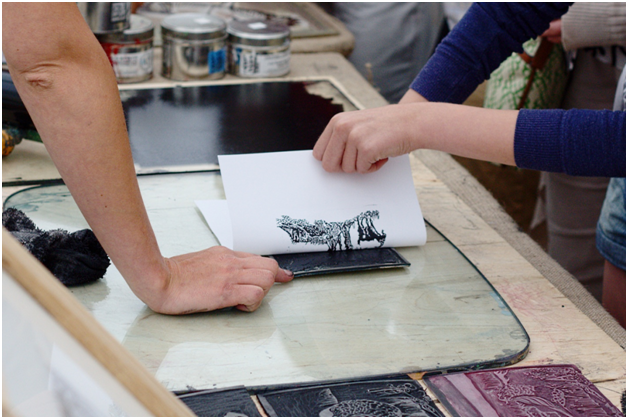Those who work in the digital industry will undoubtedly have heard of giclee prints – a type of graphic printing which literally translates to ‘spraying or squirting’. It is through this method that high quality, giclee prints are created using inkjet printing.

According to Imagination Centre although giclee began as a way of replicating existing artwork, it has now evolved into a process by which original works can be created digitally. But not all inkjet prints can be considered giclee. Here are some of the techniques used in creating true giclee prints.
Paper
The quality of the paper used for printing on also plays a big part in giclee printing. This is down to the way the paper absorbs and reacts with the ink that you are using to print. Giclee prints require archival paper which usually specifies that it is acid-free and comes with a cotton or rag base. If you are buying giclee prints from a seller be sure to clarify the quality of the paper.
Resolution
In order to create its trademark clarity, a high resolution (http://www.river-studio.com/fine-art-printing/fine-art-giclee-printing.php) must be used when creating giclee prints. In order for a giclee print to be classed as such, it must be created using a resolution of no less than 300 dots per inch (or 300 DPI). This high resolution will ensure that the end print is sharp, high quality and doesn’t include any discrepancies in colour.

Ink
The key difference between giclee prints and other digital prints is the type of ink used. In giclee prints, pigment based inks are used as opposed to dye-based inks that are found in more standard inkjets. The main difference between these types of inks is their longevity. Pigment based ink can last over 100 years without signs of fading and is used in more sophisticated printers that are able to hold more cartridges. This means that more inks are used during printing to achieve deeper and longer lasting colour shades.
Although these are the three main criteria, other standards can exist depending on the type of artwork being produced or reproduced. Because of the fairly simple standards required, giclee is an accessible form of creating artwork that can lead to truly stunning, high-quality digital prints designed to last a lifetime.


